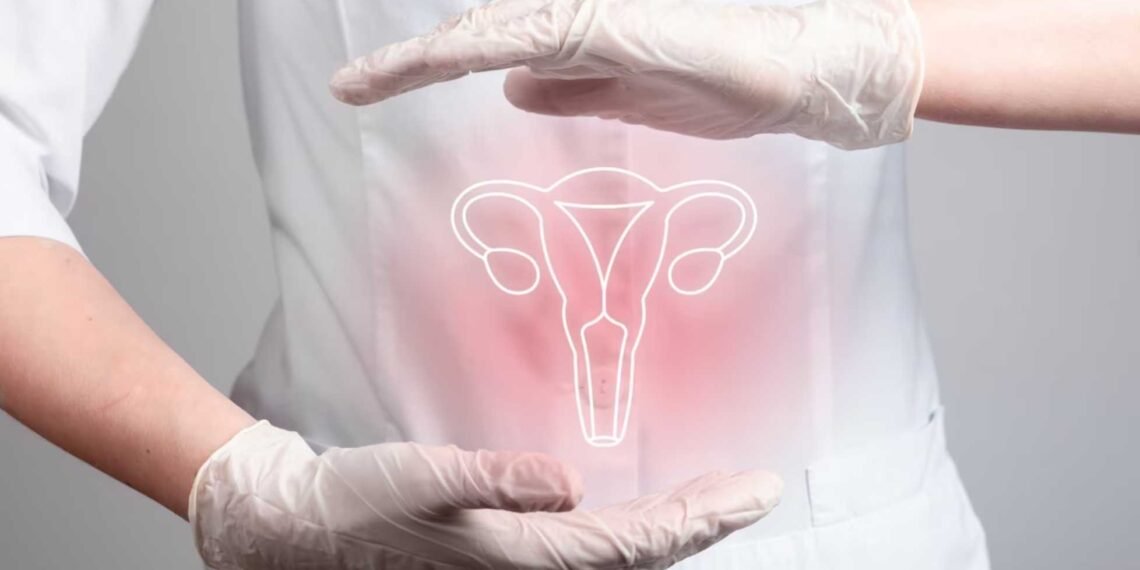According to the World Health Organization (WHO), abnormal growth of cells in a woman’s cervix or the entrance to the uterus from the vagina are the cause of cervical cancer, the fourth most prevalent cancer in women.
What s Cervical Cancer?
In 2020, an estimated 604,000 women worldwide received a cervical cancer diagnosis, and around 342,000 of them lost their lives to the illness. Cervical cancer is widespread, but if caught early, it’s also one of the most treatable types of cancer. With appropriate care, the illness can be managed in its final stages.
During her presentation of the 2024 Interim Budget, Finance Minister Nirmala Sitharaman stated that the goal of the national government is to promote immunization against cervical cancer among girls between the ages of 9 and 14.
A quadrivalent vaccine manufactured in India may be included to the Universal Immunization Program (UIP) as a twin dose regimen for teenage girls, according to a statement released by the Center last year.
Causes
Human papillomavirus or HPV is the cause of 99% cases of cervical cancer. It is a common sexually transmitted infection which affects the throat, genitals and the skin. Almost all sexually active people will be infected at some point in their lives, usually without symptoms, says WHO.
In the majority of cases, the virus is cleared from the body by the immune system. However, persistent infection can lead to the growth of abnormal cells which can turn into cancer. While abnormal cells take 15-20 years to become cancer, in women with weak immune systems this process can take only 5-10 years.
Young mothers, hormonal contraceptive users, smokers and those other sexually transmitted infections are at a high risk of developing cervical cancer.
Symptoms and treatment
According to WHO, the following are the common symptoms related to cervical cancer:
- Unusual bleeding at menopause, during a sexual encounter, or in between periods
- Increased or malodorous vaginal secretions
- Symptoms such as chronic pelvic, leg, or back discomfort
- Weight loss, weariness and loss of appetite
- Discomfort in the vagina
- Swelling in the legs













